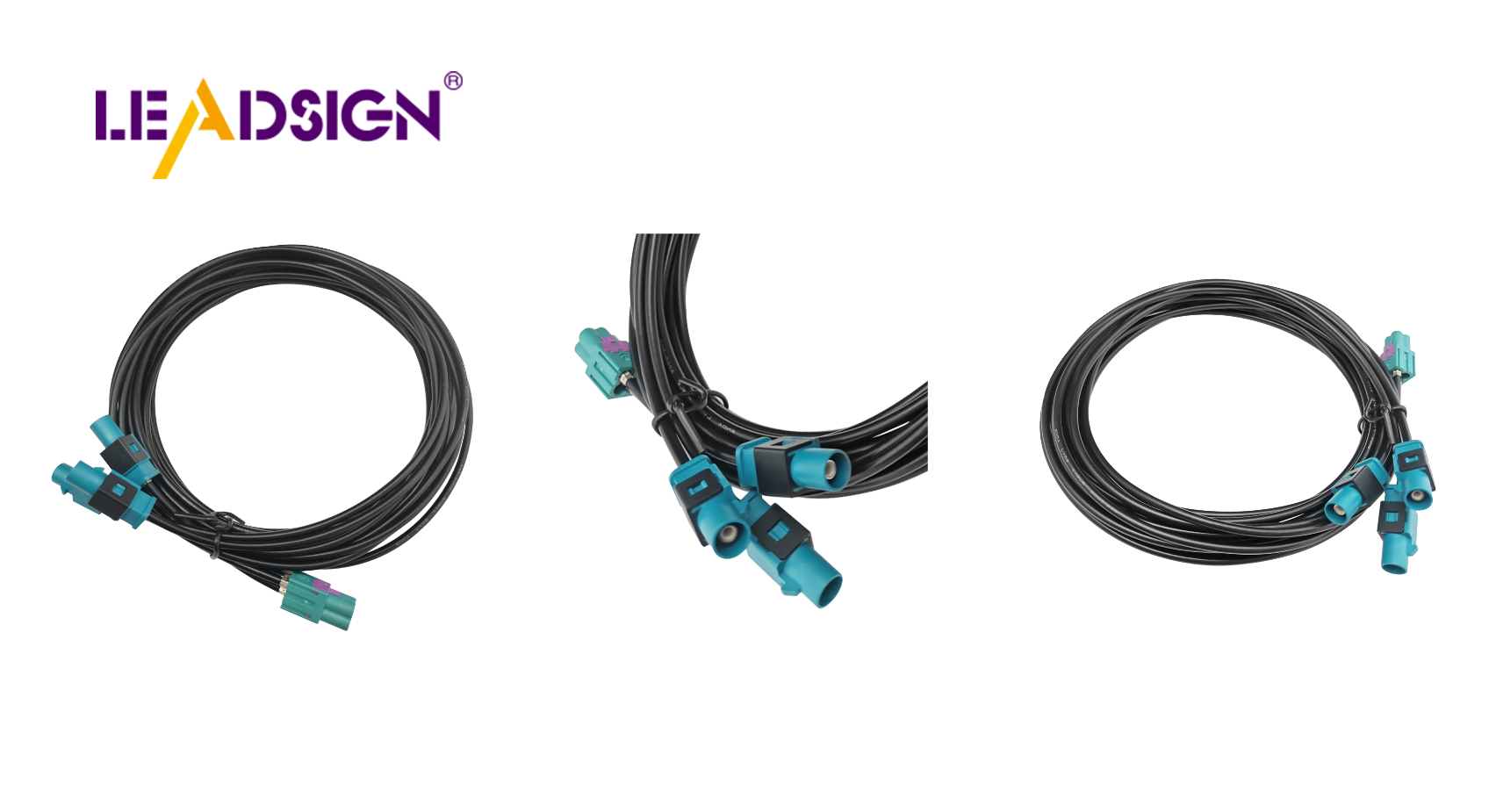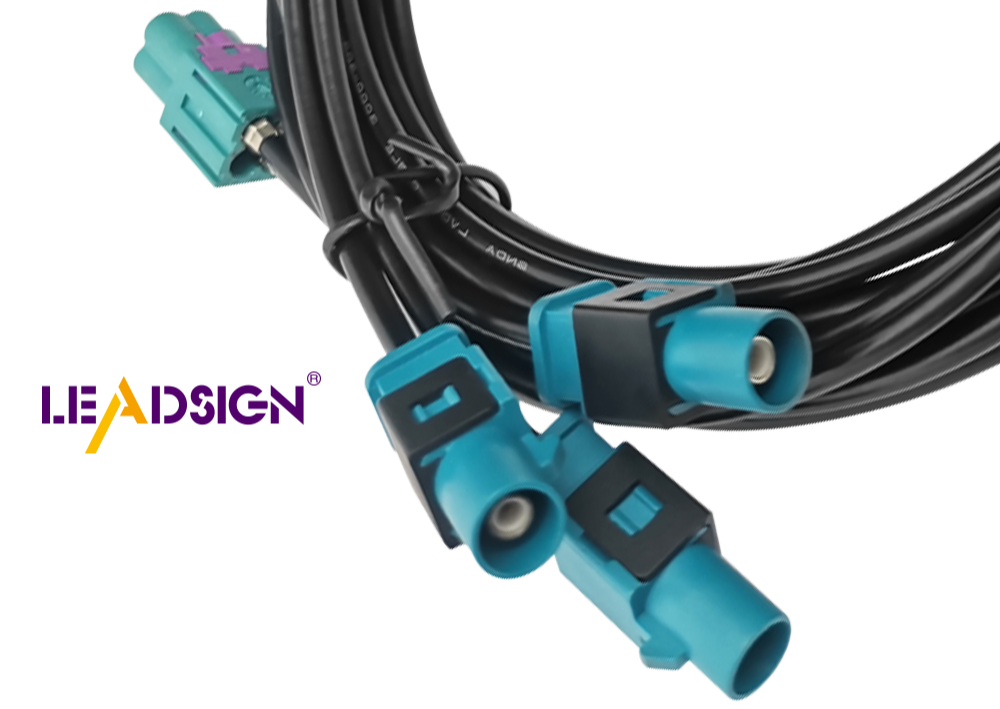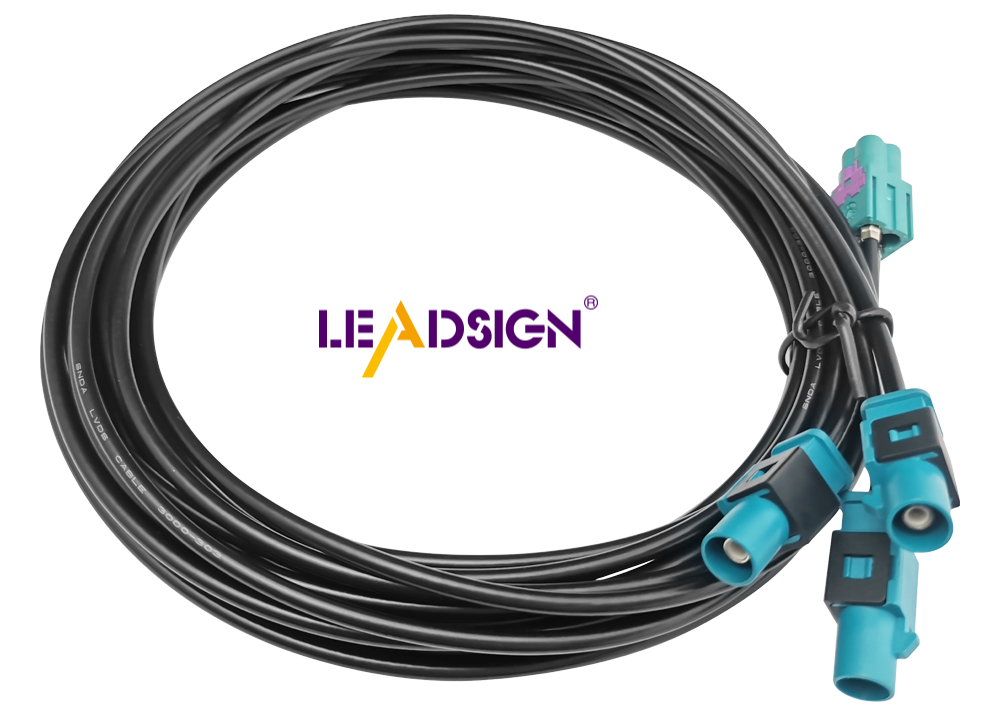Comprehensive Guide to Car Wire Connector Types

Car wire connectors are vital components of your vehicle's electrical system. They facilitate communication between electronic parts, ensuring a smooth driving experience. Without these connectors, the car systems would struggle to function cohesively. They transmit electrical signals between various car components, making them essential for maintaining optimal performance. Understanding the different car wire connector types helps you appreciate their significance in automotive applications.
Understanding Car Wire Connectors
Definition and Purpose
What are car wire connectors?
Car wire connectors are key parts of a car's electrical system. They link wires, letting electricity move easily between car parts. These connectors have different shapes and sizes for various uses. For example, Bullet connectors have male and female ends that fit snugly together. They are great for connections you disconnect often, like in car audio systems.
Why are they essential in vehicles?
Car wire connectors help your vehicle's electrical systems work well. They make strong connections that handle shaking, temperature changes, and wetness. Weather Pack connectors are made for outdoor or engine areas. They resist heat, chemicals, and water, making them perfect for engines where protection is needed.
Basic Components of Wire Connectors
Conductors
Conductors are the main part of any connector. They carry electric current from one spot to another. In cars, conductors are usually copper or aluminum because they conduct electricity well. The conductor's quality affects how good the connection is.
Insulation
Insulation covers the conductor to stop electricity from escaping and protects wires from harm. It keeps electricity inside the wires safely. Heat shrink connectors give extra protection by shrinking around wires when heated, sealing them tightly.
Terminals
Terminals are where a connection happens on a wire connector's end. They come as spade, ring, or butt types. Butt connectors join two wires in a straight line by crimping them at each end to secure them together.
Knowing these parts helps you see how car wire connectors keep your vehicle's electrical system working safely and effectively.
Exploring Car Wire Connector Types

Knowing car wire connector types helps you choose wisely. Each type has special features and uses, with pros and cons.
Blade Connectors
Features and Applications
Blade connectors look like flat blades. They are easy to use in cars. You can connect and disconnect them quickly. This makes them good for places needing frequent checks, like car audio systems.
Advantages and Disadvantages
Advantages:
Simple to attach or remove
Easy to find and cheap
Good for low to medium power needs
Disadvantages:
Not great for shaky places unless secured
Can't carry as much power as other connectors
Butt Connectors
Features and Applications
Butt connectors link two wires end-to-end. They are tube-shaped and need crimping to hold tight. These are good for fixing or lengthening wires in cars.
Advantages and Disadvantages
Advantages:
Makes a strong, lasting link
Easy to set up
Useful for fixing or adding wire lengths
Disadvantages:
Needs crimping tools to install
Hard to take apart once joined
Ring Connectors
Features and Applications
Ring connectors have round ends that fit over bolts. This gives a firm hold, perfect for grounding or battery links.
Advantages and Disadvantages
Advantages:
Gives a strong, steady connection
Great in shaky spots
Works well with high power needs
Disadvantages:
Needs tools to put on or take off
Not good for quick changes
Picking the right car wire connector means knowing their features. Each type has its job, helping your car's electric system work well. By weighing pros and cons, you can pick the best one.
Spade Connectors
Features and Uses
Spade connectors look like a fork. They slide under screws or bolts easily. This makes them good for quick connections. You often see them in cars where you need to fix things often. They help connect wires to blocks or relays.
Spade connectors come in many sizes for different wires. This helps them fit well for your needs. Their flexibility makes them a favorite among car wire connector types. When picking spade connectors, think about the power they will carry and where they will be used.
Pros and Cons
Pros:
Easy to Use: You can connect and disconnect them fast without special tools. This is helpful in cars where speed is important.
Flexible: They come in many sizes for different wires, so they work in lots of places.
Strong Hold: When put on right, they grip tight, so they don’t fall off by accident.
Cons:
Low Power Limit: They might not work well with high power needs. Make sure they fit your power use.
Sensitive to Weather: Water and shaking can hurt their work. Using grease can stop rust and keep them working well.
Knowing about spade connectors helps you choose wisely among car wire connector types. Think about how easy they are to use, how flexible they are, and how weather affects them when picking the best one for your car’s electric system.
Picking the Right Connector
Choosing the right car wire connector is very important. It helps your car's electric system work well. You need to think about a few things before deciding.
Things to Think About
Power Needs
First, check your car's power needs. Different connectors handle different amounts of electricity. For high power, pick connectors with big pins for good contact. Use materials like copper or brass because they conduct electricity well and don’t rust easily. This keeps connections strong and stops electrical problems.
Weather Conditions
Next, consider where you will use the connectors. If they face tough conditions like wetness or heat, choose ones made for those places. Weather Pack connectors are great because they resist heat and water, making them last longer.
Fit with Car Systems
Finally, make sure connectors fit your car’s systems. Some cars need special types of connectors. Check how they connect to ensure a perfect fit and proper function.
Mistakes to Avoid
Wrong Size
A common mistake is picking the wrong size connector. Make sure it matches the wire size and job needs. Wrong sizes can cause bad connections and electrical trouble.
Bad Materials
Another mistake is using poor quality materials for connectors. Cheap materials can rust or break easily, causing weak connections. Choose strong materials like copper or brass for better performance.
By thinking about these things and avoiding mistakes, you can pick the best car wire connector for your vehicle. This helps keep your car’s electric system safe and working well.
Installation and Maintenance Tips

Installing and taking care of car wire connectors keeps your car's electrical system working well. Follow these tips to avoid problems and keep everything running smoothly.
How to Install Properly
Tools You Need
To put in car wire connectors, gather these tools:
Wire cutters
Crimping tool
Heat gun (for heat shrink connectors)
Multimeter (to check connections)
These tools help make installation easy and quick.
Step-by-step Instructions
Get Wires Ready: Use wire cutters to remove the plastic from the wire ends. Show enough metal for a good connection.
Pick the Right Connector: Choose a connector that fits the wire size and job. This makes sure it works well.
Crimp the Connector: Put the bare wire into the connector. Use a crimping tool to hold it tight. A good crimp means a strong connection.
Use Heat Shrink (if needed): If using heat shrink connectors, warm them with a heat gun. This seals them, keeping out water and rust.
Check the Connection: Test with a multimeter to see if it's working right and safe.
Follow these steps for strong, reliable connections in your car's electrical system.
Best Ways to Maintain
Regular Checks
Look at your car wire connectors often to keep them working well. Check for wear or damage, especially those near engines or outside areas where they face tough conditions. Finding problems early stops bigger issues later on.
Clean and Care
Cleaning helps connectors last longer. Use a soft brush or cloth to clean dirt away. For rusty spots, use special grease to protect from water and rusting. This simple care can make your connectors last much longer.
"Wire connectors are more important than you might think." Keeping them in shape ensures they send signals properly, powering things like engines or radios.
By following these install and care tips, your car's electric parts will stay in great shape, helping everything work without problems.
Picking the right wire connectors is key for your car's electric system. They help all parts talk well, keeping everything working great. By choosing the right connectors, you make your car safer and more reliable. Checking and caring for them often keeps them in good shape, stopping problems before they start. Remember, good connectors are important for car safety and work well. Keep your car running nicely by looking after these small but crucial parts.
See Also
An In-Depth Look at Fakra Connectors: Fundamentals, Varieties, and Uses
Navigating Ford Fakra Connectors
The Benefits of Fakra Connectors: Uses, Pros, and Setup Advice

